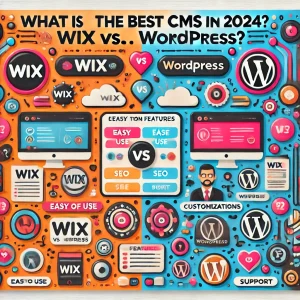
Imagine this: high-energy streets of Ottawa, pulsating with the sights and sounds of city life, as historic buildings meet modernity and cultural festivals celebrate diversity. And now, within this fine urban tapestry, a food revolution is unfolding on wheels. Yes, food trucks! These mobile food eateries have clearly become the heartbeat of Ottawa's food scene, serving deliciousness to the masses and satisfying cravings with each and every single bite. Whether it's a salivating poutine, gourmet tacos, or artisanship gourmet bites, food trucks are serving creativity and taste right at the curbsides. Just as the food trucks have changed the face of the culinary world in Ottawa, the pet service providers in Saskatchewan have their chance to shine sparkling bright in the digital space. One has to learn about SEO for a pet service provider to transform casual inquiries into loyal customers. Here is the thing: in today's digitally driven world, being online is not a nicety; it is a must! That is how you shall turn casual passersby into loyal customers who follow your truck wherever it rolls next. Riding the wave of success in Ottawa's competitive food truck scene is something for which embracing SEO strategies will be just perfect to get those wheels up and running. By incorporating Ottawa web hosting for food trucks business, you'll ensure that your online presence is as vibrant as your food truck's menu. Before you roll your eyes, thinking SEO is about as exciting as a cold sandwich, let us assure you-it is very far from that. In this intensive guide, we will dive deep into the multitude of ways food trucks in Ottawa can supercharge their businesses by using SEO strategies for food trucks. From the most basic fundamentals of keyword research to more advanced concepts in Google My Business, we walk you through the steps of mastery in the digital marketplace. Put on that apron and get out your notepad! By the end of this blog, you'll have those really ingenious SEO strategies that will make your food truck the talk of the town. Why Food Trucks should care about SEO Now, let's discuss why you should bother with it...














